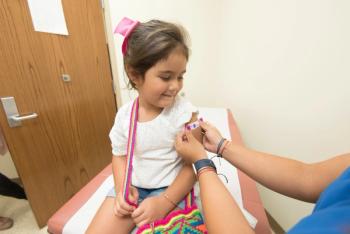
Nurses Can Play a Bigger Role in Antibiotic Stewardship Programs
A recent webinar hosted by the Centers for Disease Control and Prevention and nursing organizations highlighted the important role of nurses in implementing hospital antibiotic stewardship programs.
On December 5, the Centers for Disease Control and Prevention (CDC) and the American Nurses Association (ANA) hosted a live webinar on the role of nurses in antibiotic stewardship.
The Infectious Diseases Society of America defines
The problem of overprescribing and misprescribing continues to fuel antibiotic resistance—leading to 2 million antibiotic-resistant infections and 23,000 deaths each year in the United States—and can result in
In a recent webinar hosted by Nursing Infection Control Education (NICE) Network, a collaboration between CDC, the ANA, and specialty nursing organizations, a panel discussed how nurses can play a role in carrying out antibiotic stewardship programs in hospitals. The discussion was based on a recent
“The purpose of the workgroup is to explore how nurses can become more engaged and take a leadership role to enhance our nation’s antibiotic stewardship efforts,” the authors write. They call out barriers to nurse participation in such programs, including gaps in nurses’ knowledge and education on antibiotic stewardship. and the use of antibiotics in the 21st century. But because of nurses’ central role working closely with patients and their families in the hospital, the home, and the community, they can have a key role in optimizing antibiotic use. The authors contend, “As such, they can be educators, advocates, and ambassadors for widespread behavioral change to more vigilant antibiotic awareness in our society.”
From conducting initial patient assessments in triage to taking patient allergy history to obtaining cultures and administering antibiotics, the functions of a nurse already overlap in many places with antibiotic stewardship programs. For nurses to perform a greater role in stewardship efforts though, the workgroup highlights the need for more education and training to fill knowledge gaps on topics such as microbiology and infections versus colonization.
“The urgent need to improve appropriate, evidence-based antibiotic use cannot be overstated,” note the authors. “With the current worldwide expansion of multidrug-resistant organisms, the question is not whether to involve nursing in antimicrobial stewardship, but how.”
Newsletter
Stay ahead of emerging infectious disease threats with expert insights and breaking research. Subscribe now to get updates delivered straight to your inbox.


























































































































































































































































































































